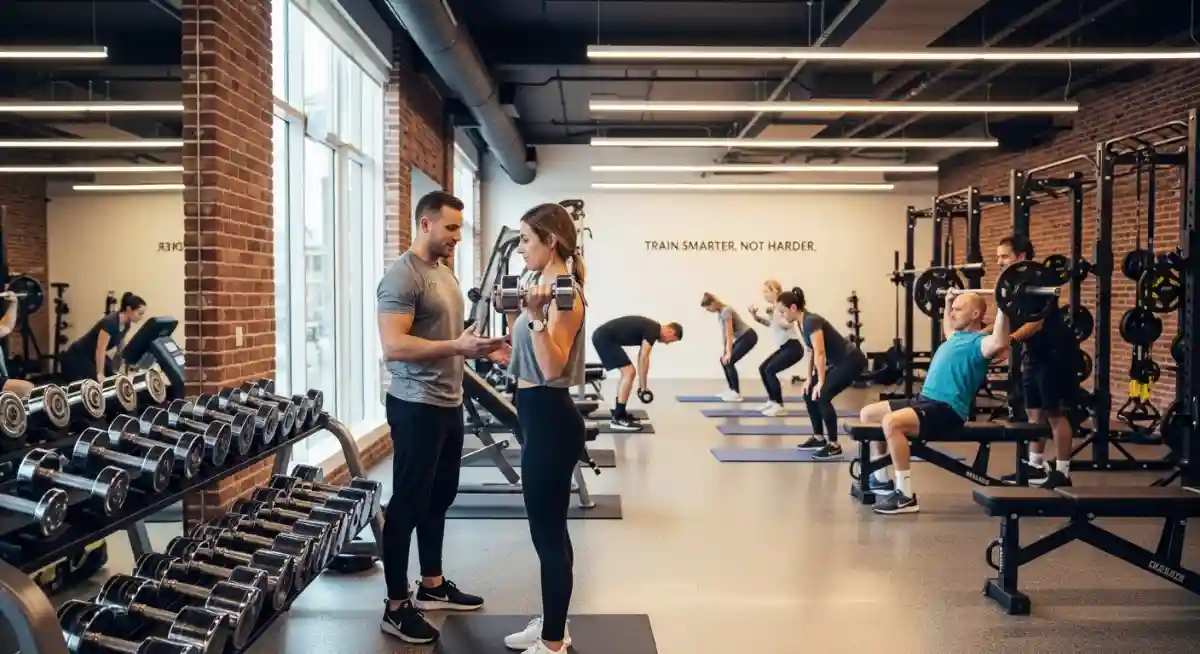Introduction
Glowing, healthy skin is not just a matter of genetics—it’s also about how well you care for it. Among the most popular ways to maintain radiant skin is through a facial treatment. Whether you’re aiming to reduce acne, slow down signs of aging, or simply relax, facials offer a wide range of benefits.
But with so many options available—classic facials, hydrafacials, chemical peels, microdermabrasion—it can feel overwhelming to choose the right one. In this guide, we’ll break down everything you need to know about facial treatments, including their types, benefits, risks, and expert tips to help you decide which one suits your skin best.
What Is a Facial Treatment?
A facial treatment is a multi-step skincare procedure designed to cleanse, exfoliate, and nourish the skin. Typically performed by licensed estheticians or dermatologists, facials can:
- Improve skin texture and tone
- Reduce acne and blackheads
- Minimize fine lines and wrinkles
- Provide deep hydration
- Promote relaxation and stress relief
Unlike at-home skincare routines, professional facials use specialized tools, techniques, and products that penetrate deeper into the skin.
Types of Facial Treatments
Not all facials are created equal. Each type addresses different skin concerns. Here are the most common facial treatments available:
1. Classic Facial (European Facial)
- Best for: Normal to combination skin
- Steps include: Cleansing, exfoliation, steaming, extraction, mask, and moisturizer
- Benefits: Improves circulation, deep cleans pores, hydrates skin
2. Hydrafacial
- Best for: Dull, dehydrated, or aging skin
- How it works: Uses a patented device to cleanse, exfoliate, and infuse serums into the skin
- Benefits: Immediate glow, minimal downtime, safe for most skin types
3. Chemical Peel
- Best for: Uneven skin tone, acne scars, fine lines
- How it works: Chemical solution exfoliates the top layer of skin to reveal smoother, brighter skin underneath
- Types: Light, medium, deep peels
- Note: Deeper peels require more recovery time
4. Microdermabrasion
- Best for: Rough skin texture, sun damage
- How it works: Uses a diamond-tipped wand or fine crystals to gently sand away the outer skin layer
- Benefits: Improves collagen production and enhances skin renewal
5. LED Light Therapy Facial
- Best for: Acne-prone or aging skin
- How it works: Different wavelengths of light target bacteria, inflammation, and collagen production
- Benefits: Reduces acne, boosts elasticity, non-invasive
6. Oxygen Facial
- Best for: Dry or sensitive skin
- How it works: Pressurized oxygen delivers vitamins, minerals, and nutrients deep into the skin
- Benefits: Instant hydration and brightness
7. Anti-Aging Facial
- Best for: Mature skin with fine lines or wrinkles
- How it works: Incorporates collagen masks, serums, and massage techniques
- Benefits: Firms skin and stimulates blood circulation
Benefits of Facial Treatments
Facial treatments are more than just a luxury—they provide real health and beauty benefits:
1. Deep Cleansing and Detoxification
Facials remove dirt, oil, and impurities that daily cleansing may miss. Steam and extractions unclog pores, reducing the risk of acne breakouts.
2. Improved Blood Circulation
Massage techniques used in facials boost circulation, delivering oxygen and nutrients to skin cells for a healthier glow.
3. Anti-Aging Effects
Facials stimulate collagen production, reducing fine lines, wrinkles, and sagging. Treatments like chemical peels and hydrafacials are particularly effective for rejuvenation.
4. Stress Relief and Relaxation
Facials provide a calming experience, reducing stress levels, which indirectly benefits skin health.
5. Customized Skincare Solutions
Professional estheticians tailor facials to your skin type and concerns, ensuring maximum results.
Potential Side Effects and Risks
While generally safe, facial treatments may cause temporary side effects such as:
- Redness or irritation
- Sensitivity to sunlight
- Breakouts after extractions
- Peeling (especially after chemical peels)
👉 Pro Tip: Always consult a licensed esthetician or dermatologist before trying advanced facials, especially if you have sensitive skin or medical conditions.
Who Should Avoid Facial Treatments?
Facials may not be suitable if you:
- Have severe skin conditions like eczema, psoriasis, or active cold sores
- Are pregnant (some facials use ingredients not safe during pregnancy)
- Recently underwent laser treatment or cosmetic surgery
Always inform your skincare professional about your medical history before booking a session.
How to Choose the Right Facial Treatment for Your Skin
Here are some guidelines to help you pick the right facial:
| Skin Concern | Recommended Facial | Frequency |
|---|---|---|
| Acne & Oily Skin | LED Facial, Chemical Peel | Every 2–4 weeks |
| Dry Skin | Hydrafacial, Oxygen Facial | Monthly |
| Fine Lines & Aging | Anti-Aging Facial, Microdermabrasion | Every 4–6 weeks |
| Sensitive Skin | Classic Facial, Gentle Hydration Facial | Monthly |
How Often Should You Get a Facial?
Most dermatologists recommend getting a facial treatment once every 4–6 weeks. However, this depends on your skin type, concerns, and budget. Some treatments like hydrafacials can be done more frequently, while deep chemical peels may only be needed once or twice a year.
Preparing for a Facial Treatment
Before heading to the spa or clinic:
- Avoid wearing makeup on the day of your facial
- Skip exfoliation 48 hours before your appointment
- Stay hydrated to maximize results
- Inform your esthetician about allergies or medications
Post-Facial Care Tips
To make the most of your facial treatment results:
- Avoid heavy makeup for 24 hours
- Stay out of direct sunlight and use SPF daily
- Skip exfoliation for 3–4 days
- Hydrate well and follow recommended skincare products
Cost of Facial Treatments
Prices vary depending on the type of facial and location. On average:
- Classic Facial: $60–$120
- Hydrafacial: $150–$300
- Chemical Peel: $100–$500
- Microdermabrasion: $80–$200
- LED Facial: $75–$150
👉 While facials can be an investment, many people consider them worthwhile for their skin health and confidence.
Final Thoughts
A facial treatment is more than just a pampering session—it’s a scientifically backed way to improve skin health, enhance beauty, and boost confidence. From hydrafacials to chemical peels, each type has unique benefits. By understanding your skin’s needs and consulting a professional, you can enjoy safe and glowing results.
If you’re considering making facial care a part of your routine, start with a consultation and choose treatments tailored to your skin type.







